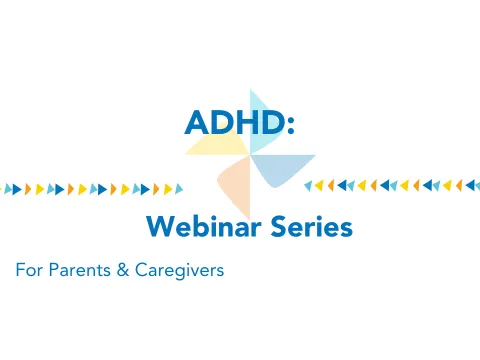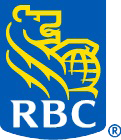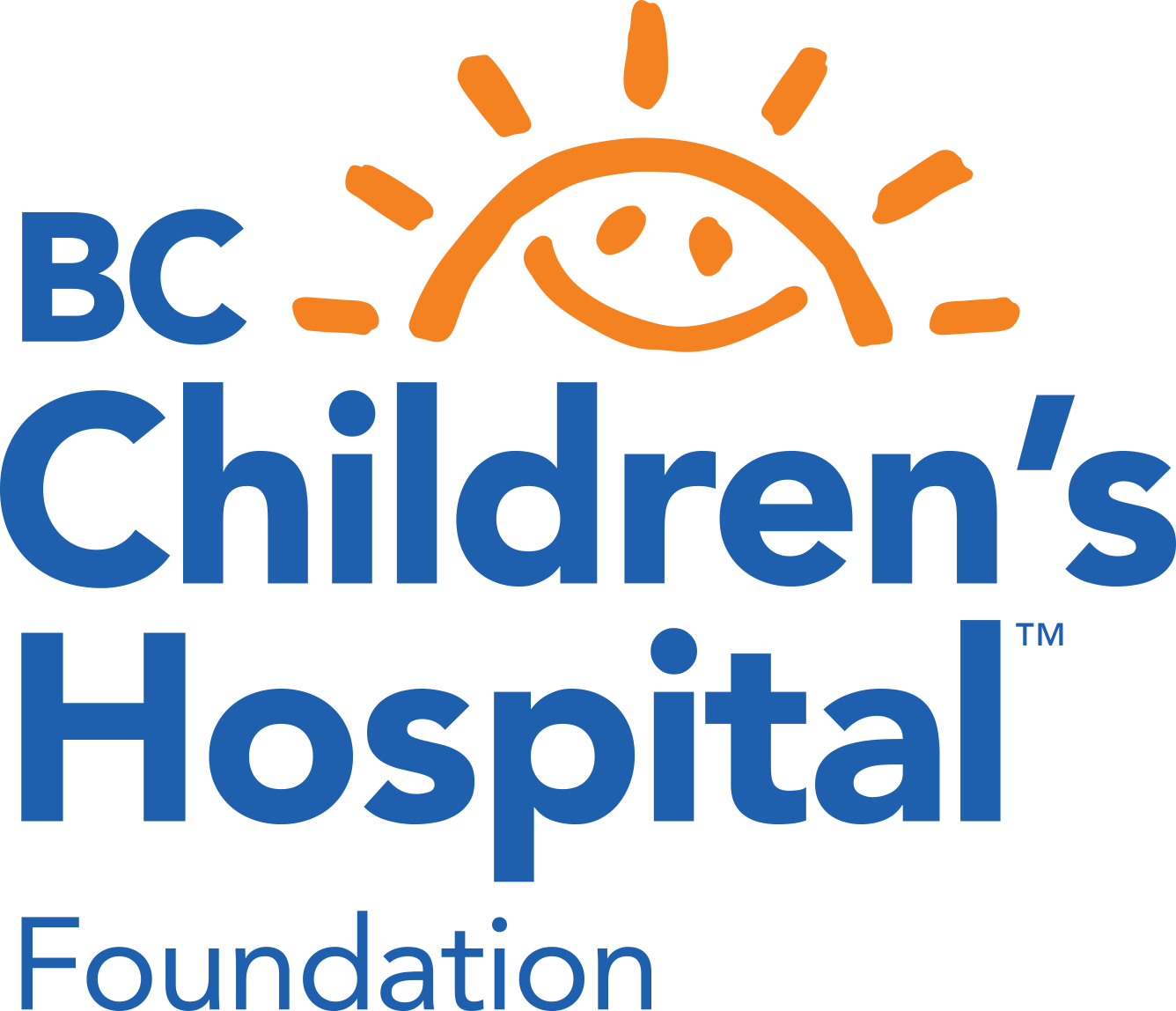Attention-Deficit/Hyperactivity Disorder (ADHD) is a common brain-based disorder in children and youth. It affects the way people act and interact with the world around them.
Children and youth with ADHD have challenges with regulating their attention (having too much or too little focus).
Many children and youth with ADHD also struggle with restlessness and impulsivity (having impulsive actions, thoughts, or feelings).
When does ADHD first appear?
ADHD causes a variety of problems in young children, but is usually only diagnosed after they start school. Until then, children and youth usually aren’t expected to concentrate, wait their turn, or sit still for long.
Some children and youth cope with symptoms, but as they get older and there are higher expectations to be independent at home or school, they have more trouble meeting the demands and their symptoms become more noticeable. It is becoming more common for older youth and adults to be diagnosed with ADHD, but they must have shown signs when they were younger.
What causes ADHD?
The cause of ADHD is not fully understood, but research shows in most cases it is thought to have a genetic cause (it runs in families). The brain of a child with ADHD develops in a normal way, however, this development is slower than in children without ADHD. The environment may also play a role (for example, prenatal exposure to toxins or premature birth).
Diet, video game use, and parenting style do not cause ADHD.
ADHD is diagnosed in males more than females, especially for children who have higher levels of impulsivity and hyperactivity.
Want to learn more ADHD basics? Check out this helpful video!





